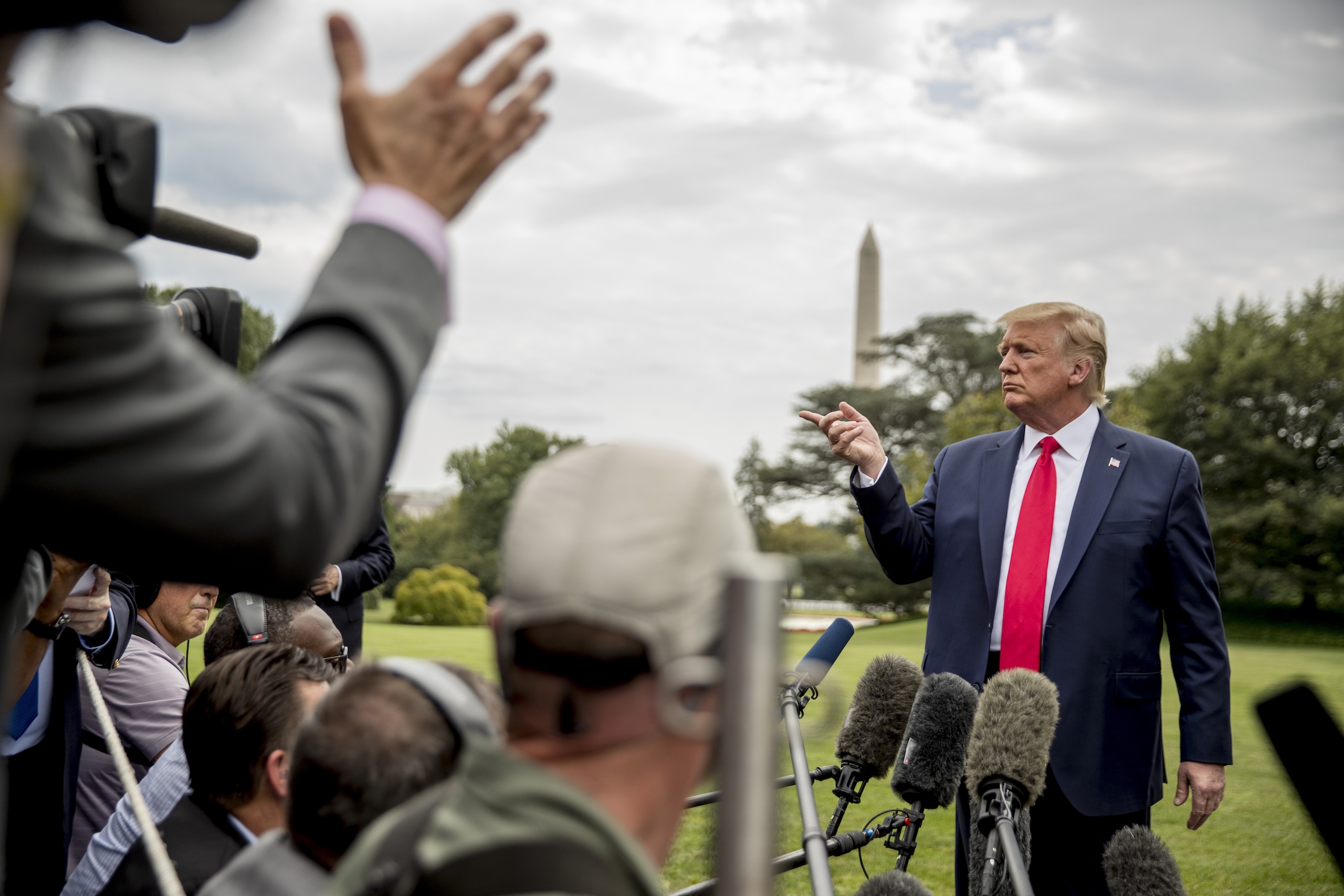Sign up for The Media Today, CJR’s daily newsletter.
The return of Donald Trump to the White House has prompted predictable worries among many DC-based reporters about how his administration might seek to control and intimidate the press. But for a surprising number of people on the daily White House beat, that concern is mixed with another, more privately expressed emotion: relief at finally being rid of the Joe Biden press operation.
“I think it’s important for people to understand the context, that we’re coming out of four years of Biden and things haven’t been great,” one White House print reporter told CJR. “There’ve been fewer eyeballs on the press briefings and less attention than under Trump, so people just don’t understand some of the very frustrating things that we’ve dealt with and that we hope are going to be rolled back.”
Among those frustrations: the Biden press office largely kept reporters at a remove from the president, who—as Cameron Joseph noted here last year—had agreed to far fewer formal interviews than any president before him. Instead, White House reporters say, the Biden team preferred to offer background quotes from in-house experts whose job it was to speak to the press; when the president did meet with a large number of outlets, like during his pre-election rounds of interviews on Black radio stations, it was through highly orchestrated conversations, sometimes including preapproved lists of questions. Inside the briefing room, reporters who didn’t hold coveted front-row seats felt they got much less opportunity to ask questions.
“For a lot of people, what was the point in even going?” said a veteran White House reporter.
Trump, on the other hand, adores the attention of the media, even as he frequently maligns the reporters themselves. During his first term, he regularly chatted with White House reporters during strolls to Marine One, and held a number of high-profile, if occasionally ill-conceived, televised sit-downs, with everyone from Axios’s Jonathan Swan to Barstool Sports’ Dave Portnoy. (On his first night back, Trump spent forty-five minutes casually answering media questions in the Oval Office, while he signed executive orders.)
“Despite his sometimes strident and sometimes even violent rhetoric about the press, he loves talking to us,” the print reporter said. “And his team—they like talking to us, and they know that they’re going to have a huge audience.”
“I actually think the team that’s coming in is not going to be as horrific as people might imagine,” the veteran White House reporter said. “It’s not going to be like the first Trump term, where nobody had any idea what they were doing.”
Long gone are the days of Sean Spicer and his widely derided early press conferences, where he insisted that Trump’s inauguration saw “the largest audience to ever witness an inauguration—period—both in person and around the globe.” (He later said he regretted saying this.) Or Stephanie Grisham, Trump’s third press secretary, and the first in history not to hold a single press briefing—over an entire nine-month tenure.
Incoming press secretary Karoline Leavitt and communications director Steven Cheung are seen by White House reporters as “full MAGA, but they’re also professionals,” as the veteran reporter put it.
“We’re a no-bullshit operation and we’re focused on the mission,” Cheung told CJR last week. “The press who have worked with us in the last two years understand that, and so they are better prepared to work with us. Those who don’t understand that are just undercutting themselves.”
That’s not to say there aren’t significant unknowns and reasons for concern. The White House Correspondents’ Association—the independent organization of reporters that traditionally controls, among other things, the seating chart inside the White House briefing room—is facing the possibility that Trump’s team will insist on major changes. In December, The Hill reported that the incoming administration was considering dramatically expanding who had access to the briefing, possibly including fringe right-wing outlets or some of the podcasters Trump turned to during the campaign. “It would be a total mess,” The Hill quoted a White House reporter as saying. “I would expect people would probably boycott the briefings, though that would put certain outlets in a tough spot, deciding if they want to go along with what the Trump people are trying to pull.”
There are also tensions brewing around the Correspondents’ Association itself. The current leader of the organization, Politico’s Eugene Daniels, is widely respected and liked among White House reporters—but not by many inside Trumpworld, who see him as overly sympathetic to former vice president Kamala Harris. (“He bet on the wrong horse,” a Trump transition official told CJR.) According to multiple sources among the White House press corps and Trump transition team, Daniels recently made a trip to Mar-a-Lago to meet with the transition team in an attempt to smooth over any lingering tensions. (Last summer, Daniels spoke to CJR’s podcast The Kicker about Harris’s rise. He and the Correspondents’ Association did not return a request for comment for this article.)
Meanwhile, for some younger members of the White House press corps, who didn’t experience Trump the first time around, this is their chance to be close to something that’s all but guaranteed to be historic and unpredictable. “There are some reporters who covered Trump in his first term and were like, That was a mess, I can’t do that again, and are kinda phasing out,” a millennial reporter on the Trump beat said. “But it’s a huge story and could be a really consequential presidency.”
Has America ever needed a media defender more than now? Help us by joining CJR today.



